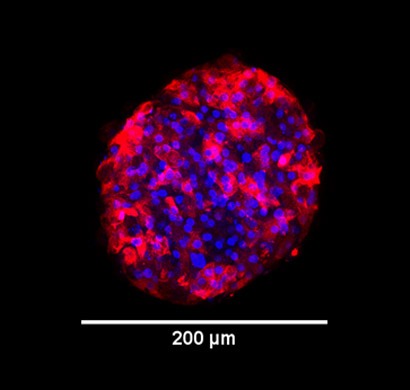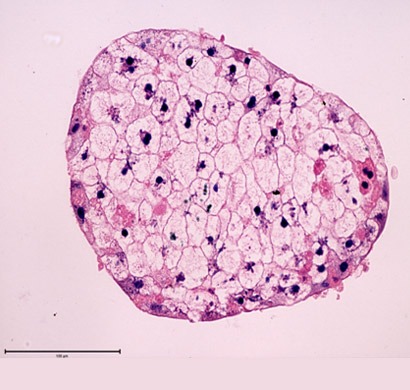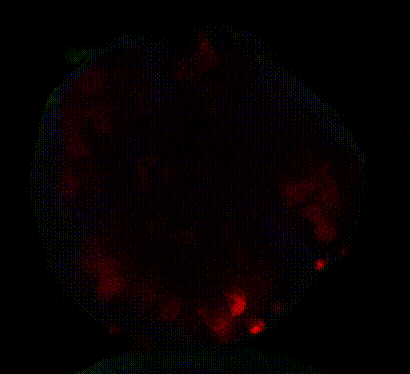Mini Liver
3D Liver Tissue
Drug metabolism and pharmacokinetics (DMPK) has become one of the core disciplines in the drug discovery process that focuses on evaluating the safety and efficacy of the drug candidates. Sub-optimal DMPK profile has been one of the major reasons for the attrition of drug at the clinical phase of the trial indicating the poor ADME properties (Absorption, Digestion, Metabolism and Excretion) and drug-drug interaction (DDI). Our 3D hepatocyte spheroids are suitable for long-term culture with enhanced hepatocyte phenotype like albumin secretion, CYP activity for testing drug induced toxicity and metabolism



3D Liver Tissue
Pandorum’s 3D organoids containing multi-lineage cell types recapitulate the native microenvironment with parenchymal hepatocytes co-cultured with kupffer cells, hepatic stellate cells and liver endothelial cells. These organoids are induced to recapitulate the complex disease phenotype including steatosis, inflammation and fibrosis involving multiple cell-cell cross talks. The above model would mimic the in-vivo disease physiology and thus increases the accurate prediction of drug effect during NASH drug discovery. Our organoid model is suitable for long-term culture with more than two weeks of assay window for the dosing of potential anti-steatosis, anti-inflammatory and anti-fibrotic drugs
Mini Liver
3D cultured organoids are not only emerging as the platform for drug screening and disease modeling, but also have a potential in regenerative medicine and therapy. We, at Pandorum, aim to develop 3D bio-printed vascularized mini-organ or organ patches with the potential of engrafting on to the host tissue upon transplantation. Currently we’re developing a prototype for the same.